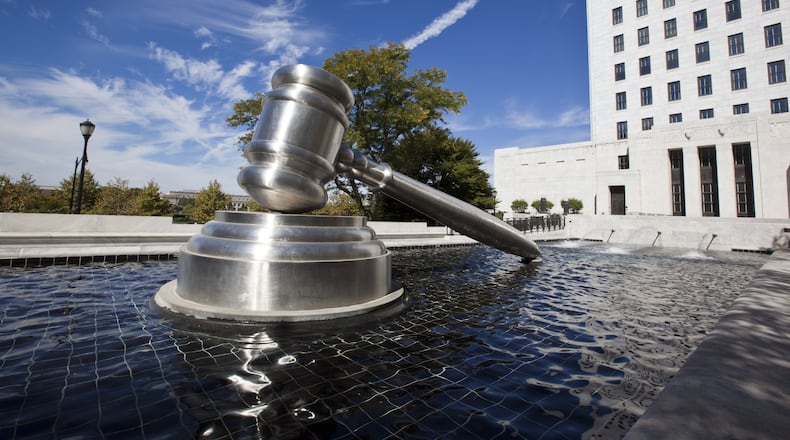Abortion opponents had asked the court to force the Ohio Ballot Board to vacate their decision on the grounds that the proposed amendment was too broad for a single initiative. The complainants asked the court to rule that the protections could only be codified in the constitution through a series of amendments, which would have caused the abortion-rights canvassers to completely restart their signature gathering process.
In standards set through previous decisions, the court has decided that individual provisions of a proposed amendment do not need to relate to one another, but they do need to relate to a singular purpose. “In this case, the proposed amendment meets that standard because each provision relates to the single general purpose of protecting a person’s reproductive rights,” the decision reads.
Ohio Right to Life, one of the leading anti-abortion activist groups in the state, characterized the court’s opinion as disappointing.
“It’s disappointing that the court did not believe it was two issues; however, we knew that we had a tall order to overcome with this case,” said Ohio Right to Life President Mike Gonidakis. “The court ruling does not change our tactics and strategies, and we know we will be successful in November.”
Groups in favor of access to abortion praised the court’s decision, saying it proves the proposed amendment being circulated right now “does one thing and one thing only: restores and protects the reproductive rights guaranteed by Roe v. Wade.”
“When our amendment language was approved by the ballot board in March, we were confident any challenges would be meritless. We remain focused and determined to bring our amendment before voters in November and will not be distracted,” Ohio Physicians for Reproductive Rights said in an organizational statement.
This was the only possible decision for the court to make, said Freda Levenson, legal director of ACLU of Ohio.
“Every justice and every (Ohio ballot) board member, regardless of their own ideology, recognized that the amendment clearly deals with only one subject: reproductive freedom. The lawsuit was nothing but an attempt to obstruct Ohioans from voting on an important issue. It should never have been filed,” said Levenson.
There are still outstanding legal challenges that the Supreme Court of Ohio needs to resolve.
After Republicans in the Ohio General Assembly unilaterally voted to hold an election this August to raise the voter threshold required to amend the Ohio Constitution via Issue 1 — potentially moving the goalposts for the abortion-rights amendment in November — opposing groups challenged the legality of the election and Issue 1′s ballot language. It is unclear when those decisions will be handed down.
While Thursday’s ruling clears the way for the abortion-rights amendment to get on the November ballot, Gonidakis is hopeful about the outcome of the August special election.
“Make no mistakes, we’re going to win in August on Aug. 8 and we’re going to protect the Ohio Constitution from outside special interests. Today’s ruling doesn’t impact that in any way, shape or form. We are very confident in our approach and our tactics to get a majority vote from Ohioans who want to see our constitution safeguarded from out of state groups,” said Gonidakis.


